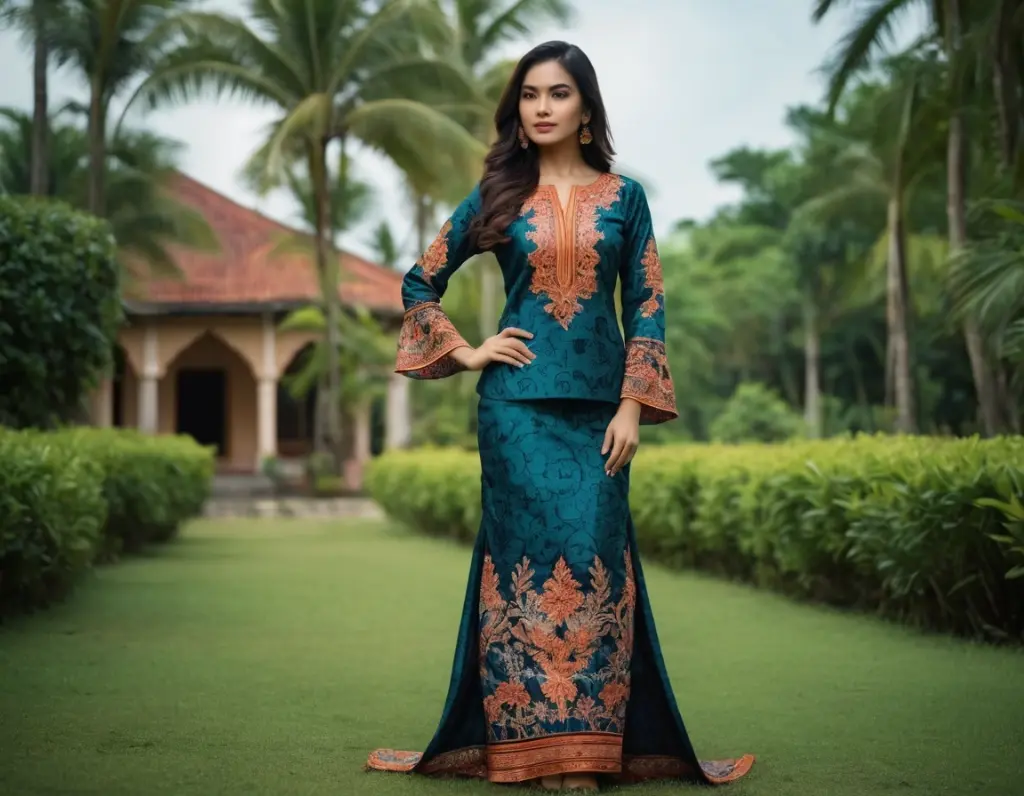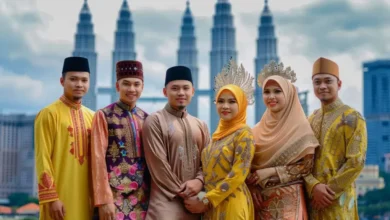The Origin and Historical Significance of the Baju Kurung
The Baju Kurung is more than just a traditional outfit in Malaysia; it is a symbol of heritage and cultural identity. Its origins can be traced back centuries, reflecting the rich history of the Malay Archipelago. Early mentions of similar attire date to the 15th century during the Malacca Sultanate, a period when cultural exchange flourished due to trade and diplomacy.
This outfit was designed to embody modesty and elegance, qualities highly valued in Malay society. The word “kurung” translates to “enclosed” or “protected,” which reflects its modest design. Traditionally, the Baju Kurung consists of a loose-fitting blouse paired with a long skirt. This design allowed for both comfort and practicality in Malaysia’s tropical climate while adhering to societal expectations.
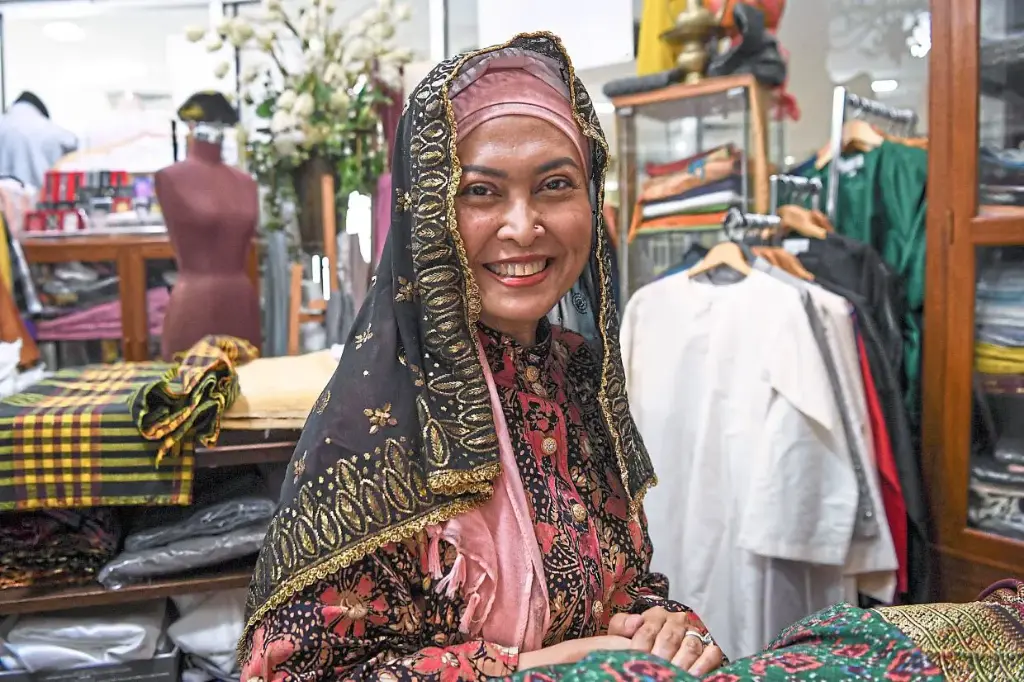
Over time, the Baju Kurung evolved, incorporating influences from neighboring regions, including Indonesia and the Middle East. Yet, it retained its distinct identity as a Malay cultural emblem, serving as a marker of tradition during festivals, weddings, and other ceremonies.
Components of the Traditional Baju Kurung
The Baju Kurung is composed of two main pieces, each carrying its unique cultural significance and functionality:
See also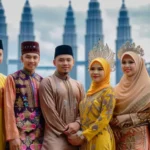 Traditional Malaysian Attire: Exploring the Elegance of Baju Melayu
Traditional Malaysian Attire: Exploring the Elegance of Baju Melayu
The Blouse (Baju)
The blouse is typically long, extending below the hips, and features a high neckline with long sleeves. Its loose-fitting design provides comfort, making it ideal for Malaysia’s humid climate. Traditional versions often include intricate embroidery, with patterns inspired by nature, such as flowers and leaves.
The cut of the blouse varies depending on regional and personal preferences, but it always retains an air of modesty and refinement.
The Skirt (Kain)
The accompanying skirt is crafted from fabric that matches or complements the blouse. It is usually tailored as a straight or slightly flared tube, secured with a fold or pleat at the front, known as kain selisih. This design ensures ease of movement while maintaining a graceful silhouette.
Modern interpretations of the Baju Kurung have introduced new fabrics like silk, satin, and crepe, enhancing its versatility for both formal and casual settings.
See also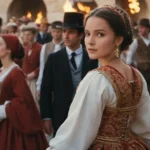 Discovering the Elegance of Traditional Clothing in France
Discovering the Elegance of Traditional Clothing in France
Cultural Significance in Malaysian Society
The Baju Kurung transcends its function as an article of clothing; it is a symbol of unity and identity. Worn during significant occasions such as Hari Raya Aidilfitri, weddings, and cultural festivals, it underscores the wearer’s pride in their Malay heritage.
For Malaysian women, donning the Baju Kurung often signifies a connection to their ancestry. The attire also fosters a sense of belonging within the larger Malay community, creating a shared bond through fashion.
Its modest design aligns with Islamic principles, which hold significant importance in Malaysia, where Islam is the dominant religion. Thus, the Baju Kurung also acts as a bridge between faith and culture, blending traditional aesthetics with spiritual values.
Regional Variations of the Baju Kurung
Malaysia’s diverse regions have given rise to several unique variations of the Baju Kurung, each reflecting local tastes and customs.
Baju Kurung Teluk Belanga
Originating from Johor, this style is characterized by its collarless neckline, known as leher bulat. The Teluk Belanga design is said to symbolize simplicity and humility, qualities highly regarded in Malay culture.
Baju Kurung Cekak Musang
The Cekak Musang style features a standing collar, often fastened with decorative buttons. This variation is considered more formal and is popular during weddings and official ceremonies.
Modern Baju Kurung
Modern adaptations incorporate contemporary cuts, vibrant colors, and luxurious fabrics. These designs appeal to younger generations while keeping the essence of the Baju Kurung intact.
Materials and Fabrics Used in Baju Kurung
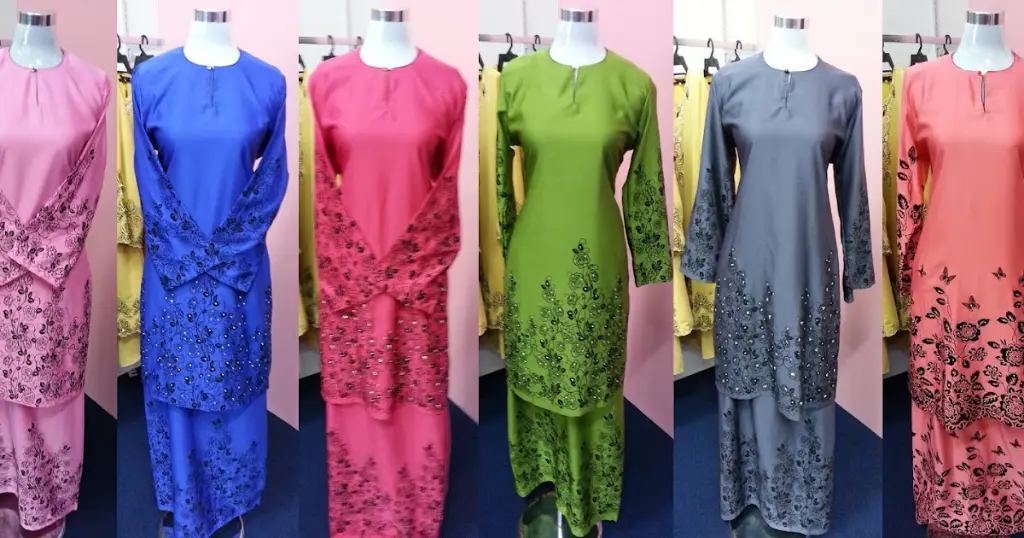
The choice of fabric plays a critical role in the Baju Kurung, influencing its appearance, comfort, and practicality. Traditional fabrics such as songket, batik, and cotton dominate its construction.
- Songket: This handwoven fabric features metallic threads, creating a luxurious texture ideal for formal occasions.
- Batik: Known for its intricate patterns and vibrant colors, batik reflects Malaysia’s artistic heritage.
- Cotton: Lightweight and breathable, cotton is favored for everyday wear, especially in Malaysia’s warm climate.
The Art of Embellishment
Intricate embroidery and beadwork elevate the Baju Kurung from a simple outfit to a piece of wearable art. Popular embellishments include:
- Floral motifs: Representing beauty and femininity.
- Geometric patterns: Symbolizing balance and harmony.
- Hand-sewn beads and sequins: Adding sparkle and elegance for festive occasions.
The Role of Accessories
Accessories play a pivotal role in completing the Baju Kurung ensemble. Common additions include:
- Selendang or Tudung: A scarf or shawl worn over the head and shoulders for modesty.
- Kerisik or Brooches: Decorative pins that secure the scarf or blouse.
- Jewelry: Gold or silver necklaces and bangles often accompany the outfit, adding a touch of luxury.
The Relevance of the Baju Kurung in Modern Fashion
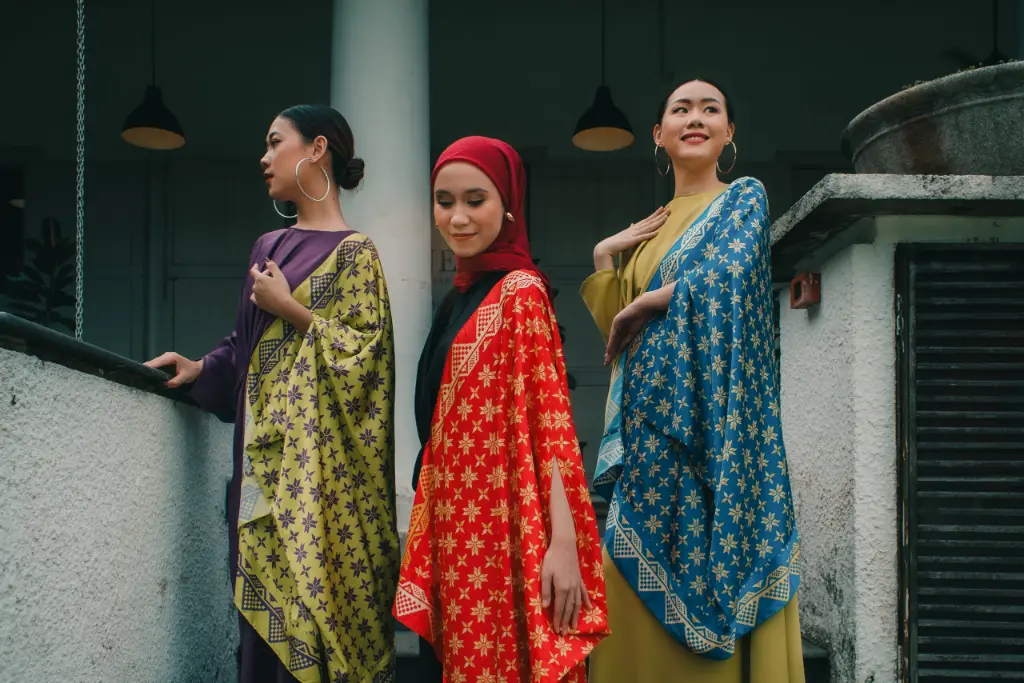
Despite the rise of global fashion trends, the Baju Kurung remains relevant, adapting to contemporary tastes while preserving its traditional roots. Modern versions often incorporate Western elements like asymmetrical cuts or minimalist designs, appealing to fashion-forward individuals.
Fashion designers in Malaysia have played a significant role in reinventing the Baju Kurung, showcasing its versatility on international runways and highlighting its cultural significance to the world.
The Influence of the Baju Kurung Beyond Malaysia
The cultural influence of the Baju Kurung extends beyond Malaysia, resonating with communities in neighboring countries like Indonesia, Brunei, and Singapore. Its timeless design and adaptability make it a popular choice for Malay diaspora communities worldwide, serving as a link to their cultural roots.
Sustainable Practices in Baju Kurung Production
In recent years, there has been a growing emphasis on sustainability in traditional attire. Artisans and designers are exploring eco-friendly materials and ethical production methods to reduce the environmental impact of Baju Kurung manufacturing.
Using organic dyes, repurposing vintage fabrics, and supporting local artisans are some initiatives that promote sustainable fashion while preserving the cultural essence of the Baju Kurung.
Styling Tips: Making the Baju Kurung Your Own
For those looking to incorporate the Baju Kurung into their wardrobe, consider these styling tips:
- Mix and Match Fabrics: Pair traditional blouses with modern skirts for a contemporary look.
- Play with Accessories: Add bold jewelry or a vibrant scarf to elevate the ensemble.
- Experiment with Colors: Choose pastel hues for a soft, feminine touch or bold colors for a statement look.
Why the Baju Kurung Endures as a Cultural Icon
The enduring popularity of the Baju Kurung lies in its ability to balance tradition and modernity. It is not merely a garment but a celebration of Malaysia’s cultural diversity and history. As a symbol of identity, it continues to unite Malaysians across generations, showcasing the beauty of their shared heritage.
